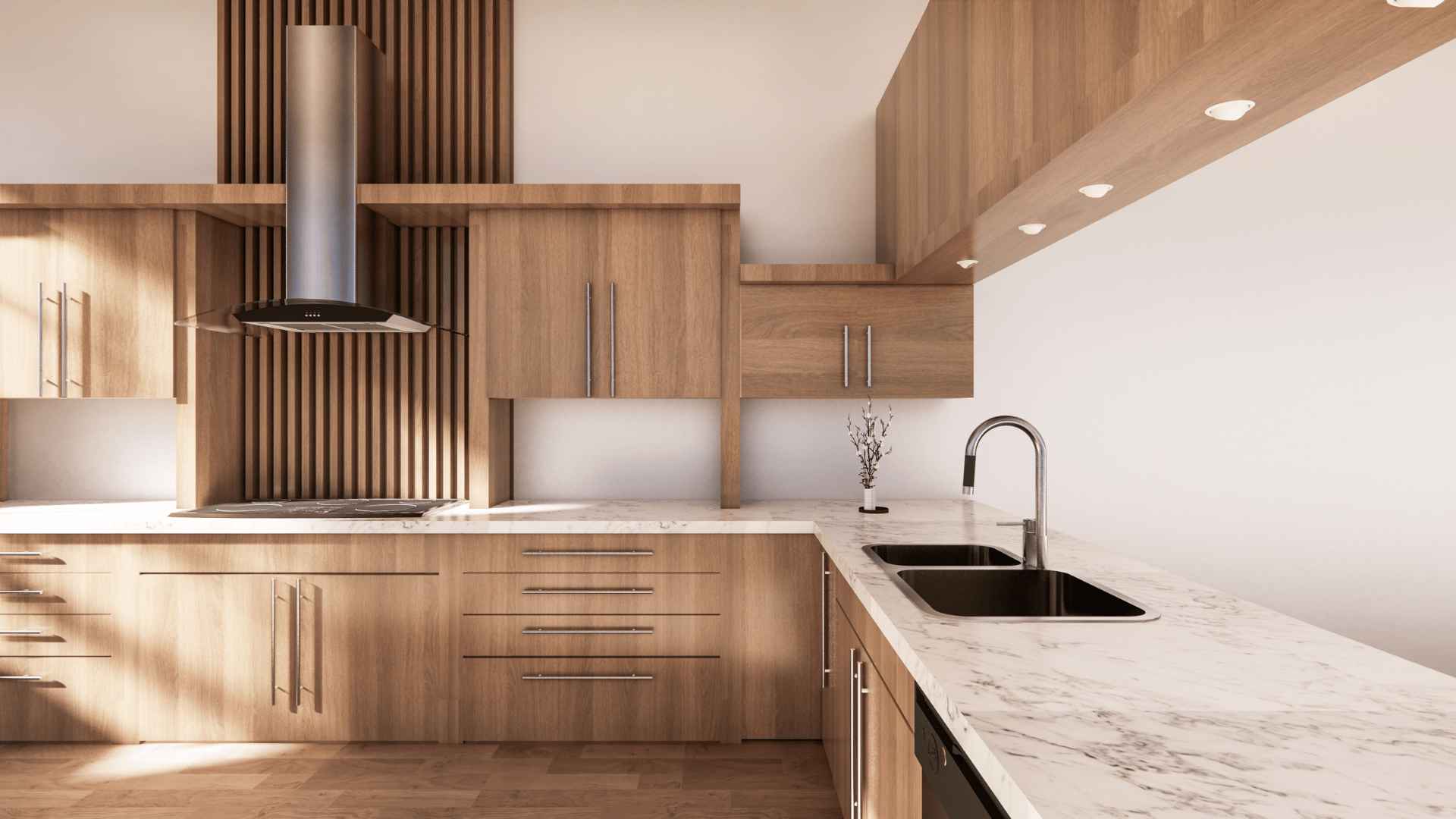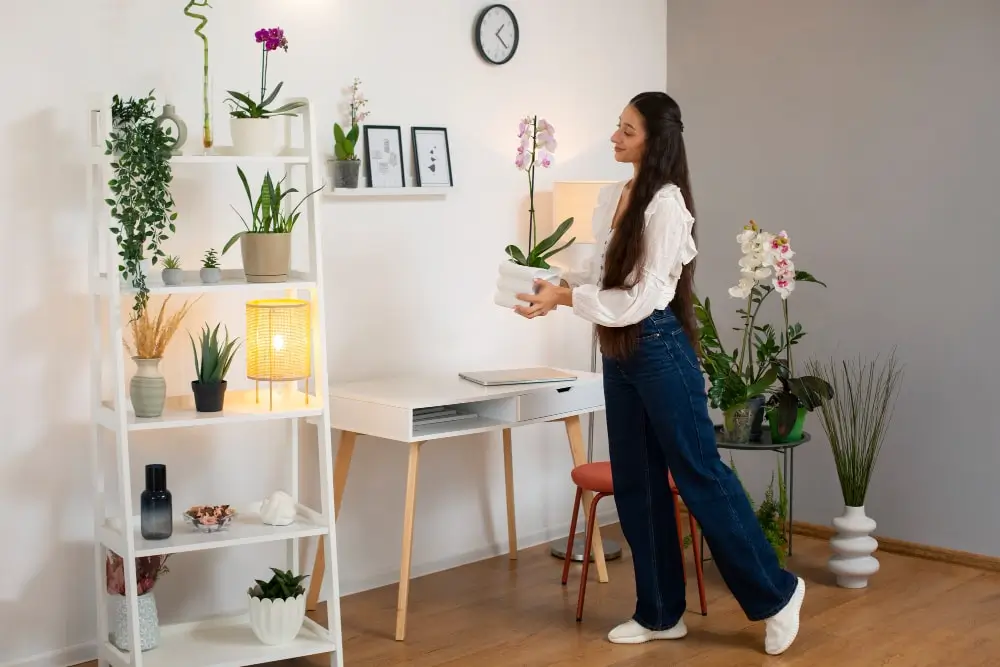Have you ever been fascinated by Japanese architecture's stylish yet simple elegance? From the imposing castles to the serene Zen gardens, Japanese architecture never fails to amaze anyone who beholds it. In this blog, Vista Residences will delve into traditional Japanese architecture and discover what makes it so fascinating. We’ll also explore incorporating these unique elements into your Philippine home.
Types of Japanese Condo Designs and How to Choose the One for You
Are you currently on the lookout for a new Japanese-inspired condo? Or maybe you're just curious about the different condo designs in the country. Well, one thing’s for sure – you’ll love the uniqueness and versatility of Japanese condo designs. From modern and minimalistic to traditional and ornate, the options are endless. Let's delve deeper into the different types of Japanese condo designs and provide a guide to help you choose the one that suits your style and preferences.
The Modern Japanese Interior Design
If you’re into sleek lines and minimalism, then modern Japanese condo design is perfect for you. You can expect to see a neutral palette of colors, clean lines, and open spaces. This design often features floor-to-ceiling windows, maximizing natural light and showcasing Japan's stunning scenery.
The Traditional or Tatami Room Design
If it's the quintessential Japanese experience you’re looking for, the Tatami room design may be your best bet. Japanese homes traditionally have traditional Japanese interiors or at least one tatami room, where you’ll find a rush-covered mat designed for sitting, sleeping, and relaxing. The tatami room design features natural materials like bamboo, paper screens, and wood. It often comes with sliding doors and partitions instead of walls and features low furniture such as kotatsu tables. If you’re looking for the perfect classic Japanese-style space to enjoy a cup of green tea, then the tatami room design may win your heart.
The Industrial or Loft Condo Design
For those who prefer the hard and bold elements of interior design too, Japanese industrial or loft condo design may be up your alley. This design often features exposed bricks, pipes, and concrete ceilings. It showcases the building’s history, revealing its past as a factory or warehouse, and rarely follows the "less is more" rule. It may be rustic, but the industrial or loft condo carries a feeling of gravitas in its architecture and interior design throughout.
The Wabi-Sabi Design
Now, this design perfectly follows the Japanese philosophy known as Wabi-Sabi. The Wabi-Sabi design values beauty in imperfection. It celebrates the harmony of natural elements such as wood, rock, and natural light through neutral colors such as gray, beige, and rust-brown. In this type of condo design, you’ll also find furniture designed to have asymmetrical, irregular, or rustic finishes. The Wabi-Sabi design aims to create a calm and tranquil atmosphere where one can sit on a tatami mat and enjoy the subtle beauty of natural elements.
The Luxury or High-End Design
Lastly, a high-end design may be for you if you’re going all out on a luxurious Japanese condo. The high-end condo design prioritizes luxury and comfort, featuring high-quality materials such as stone or marble floors, designer furniture and art, and fully equipped kitchens and bathrooms. These designs are often spacious and built with ample natural light for the ultimate luxurious experience.
How To Start Incorporating Japanese Architecture Into Your Condo
Now that you’ve read about the different types of Japanese condo designs, it’s time to start incorporating these elements into your Philippine home. Here are a few tips to get you started:
Minimalistic Design
One of the most striking features of traditional Japanese architecture is its minimalist design. There are no ornate decorations or excessive furniture that clutter the spaces. Instead, simplicity and functionality rule the day. Spaces are multifunctional and versatile, something that is perfect for small apartments or condos in the Philippines. Embracing this minimalist design principle allows for a more spacious and airy feel in any room. Adding natural elements such as wooden furnishings and house plants complements the uncluttered and minimalist aesthetic.
Innovative Use of Space
One of the most significant advantages of Japanese architecture is how it makes the most of limited living space. When faced with restrictive land resources, building creatively and efficiently is vital to making the most of what you have. Japanese architects are adept at utilizing every inch of the living space available, enhancing both form and function while maximizing the overall living area's potential. For condo owners looking to make the most of their limited space, borrowing aspects of Japanese design philosophy can be incredibly helpful.
Seamless Connection to Nature
Traditional Japanese homes are known for their close connection to nature. The use of natural materials like wood, bamboo, and clay helps bring a sense of serenity that is essential to the Japanese lifestyle. Large windows and doors that can be opened or closed connect the interior of the home to the natural world and the enchanting gardens surrounding the house. This design element creates a space where the indoor and outdoor seem to merge, giving the negative space of the home a natural and calming feel.
The Importance of Light
Incorporating lighting fixtures that include natural light sources helps add a soft and serene mood to the house, consistent with Japanese-style architecture and decoration. Natural light is critical to creating an inviting atmosphere that uplifts the energy in any room. Finding ways to encourage natural light into a space can enhance its ambiance. Choosing light fixtures that are in line with Filipino culture and traditions enhances the vibe of a room and creates a balance between aesthetics and materiality.
Functionality
Creating functionality in one’s living space has been a top priority in Japanese homes. Home decor and furnishings feel like they were made exclusively for the home, without any wasted space. Japanese-style rooms assist in changing the layout, color palette, or purpose of space without the need to buy new furniture or decor. In condos, adding built-in features such as shelving or cabinets that do not consume floor space makes it easier to create a more functional living environment.
Material Selection
Lastly, understanding material selection is essential in designing spaces with a Japanese-inspired aesthetic. Choosing sustainable and durable materials, including eco-friendly and responsibly sourced items, creates a home that embraces the Japanese traditional design philosophy. The use of bamboo, natural wood throughout, glass, and neutral tones helps incorporate the natural surroundings and create an earthy vibe.
Japanese architecture has managed to combine simplicity, light, nature, and functionality in a way that many design experts have come to admire. It's a design that offers a timeless elegance that is perfect for the minimalistic style of small spaces in the Philippines. If you're considering a redesign of your condo space, perhaps be inspired by the principles of Japanese-style architecture. Use natural elements, light, clean lines, and functionality to create an aesthetically pleasing and functional home.
Transform Your Real Estate Investment At Vista Residences
Vista Residences is the leading real estate developer in the Philippines. With its top-of-the-line amenities and modern facilities, Vista Residences can help you transform your property into something that exudes elegance and sophistication. Visit our website today to learn more about our residential projects and how we can help you realize your dream home.
We look forward to helping you achieve the perfect home that combines style, functionality, and comfort. With Vista Residences, your real estate investment is in good hands! Contact us today for more information.
For more information on Vista Residences, email [email protected], follow @VistaResidencesOfficial on Facebook, Twitter, Instagram, and Youtube, or call the Marketing Office at 0999 886 4262 / 0917 582 5167.

_11zon.jpg)
_11zon.jpg)
_11zon.jpg)
_11zon.jpg)
_11zon.jpg)









